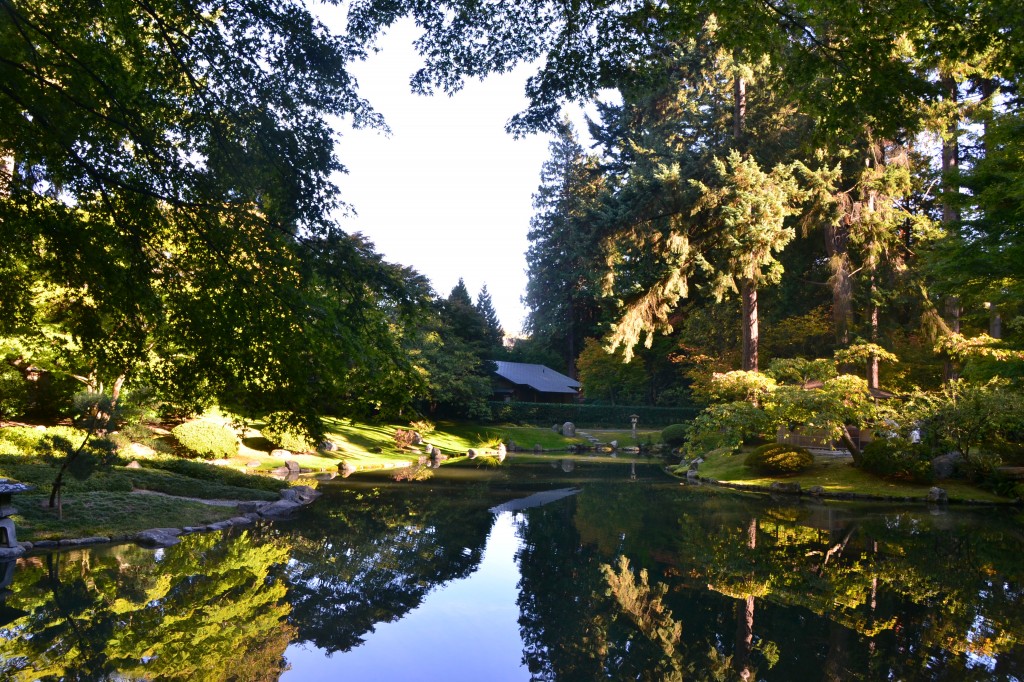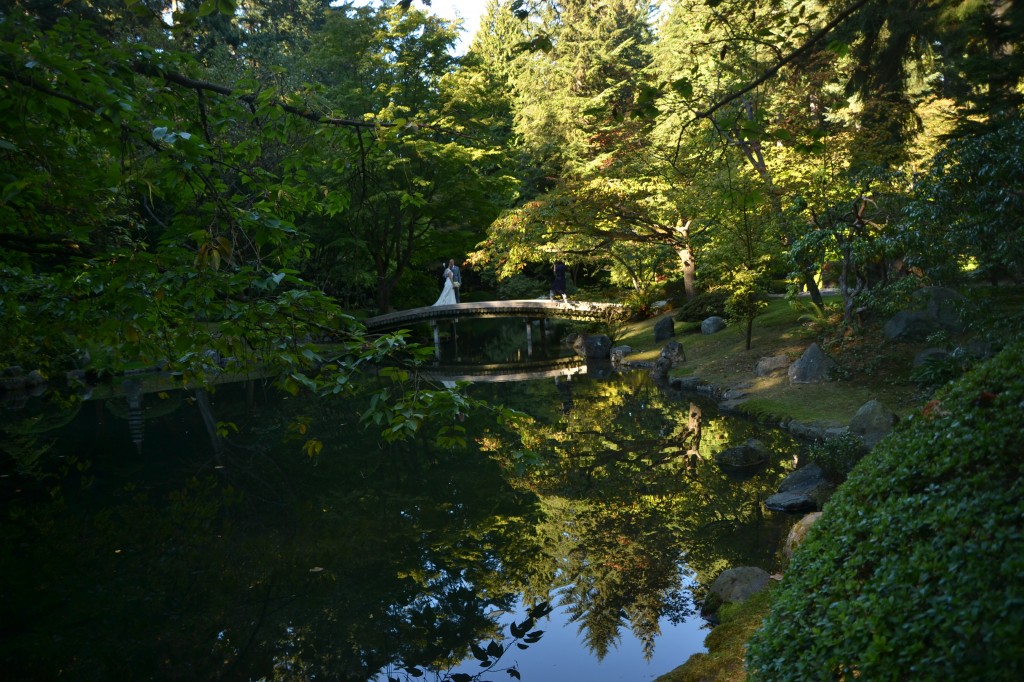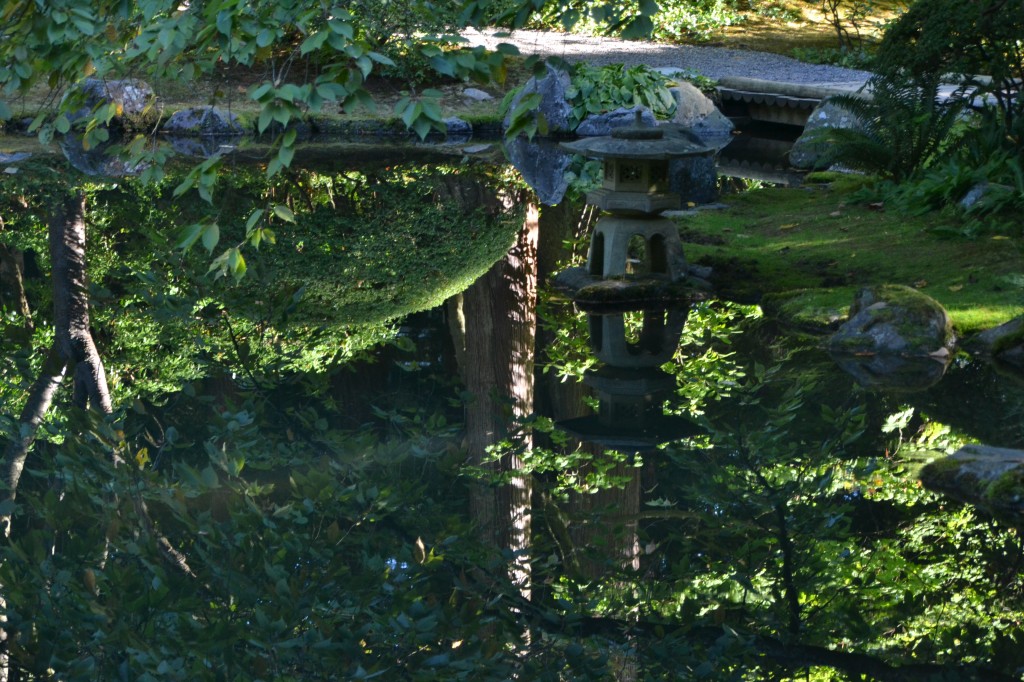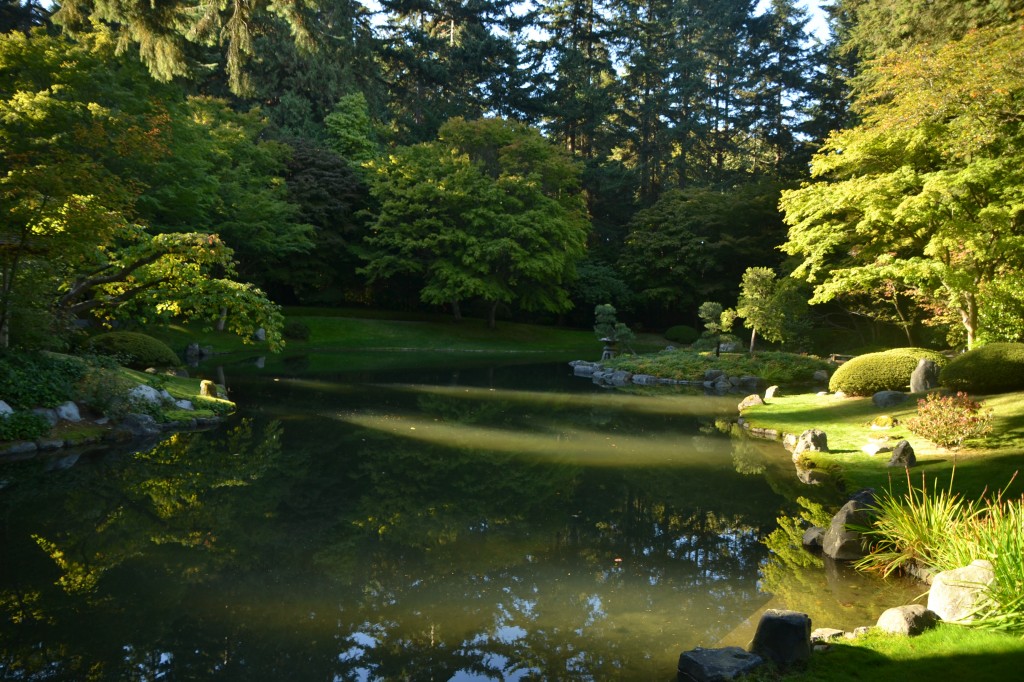For more information on the gardens and the ideas represented here, these are the sources represented in the blog:
Carter, Rodney. “Of Things Said and Unsaid: Power, Archival Silences and Power in Silence.” Archivaria 61 (2006): 215-33. Web. 2 Jan. 2013.
Clifford, Michael. “Historic celebrations need to be inclusive.” Irish Examiner. Examiner Publishing., Saturday, October 27, 2012. Web. 09 February 2013
Goto, Seiko. “Maintenance and restoration of Japanese gardens in North America: a case study of Nitobe Memorial Garden.” Routledge. 29.4 (2010): 302-313. 12 Feb 2013.
Kurahashi, Yukle. “Japanese Canadians Concerned about Future of Nitobe Gardens.” The Ubyssey (Vancouver, BC) 27 Aug. 1992. Web. 25 Jan 2013.
La Fountaine, Eric. “Nitobe Memorial Garden: History and Development” Davidsonia. 15.1 (2005): 34-40. 12 Feb 2013.
Lee, Chris. Asian Canadian Critical Practice as Commemoration.” Cultural grammars of nation, diaspora and indigeneity in Canada. Ed. Melina Singer, Ed. Christine Kim, Ed. Sophie McCall. Waterloo: Wilfred Laurier University Press, 2012. 117-131. Web. 06 Feb. 2013.
Neill, J. W. 1970. Nitobe Memorial Garden: History and Development. Davidsonia. 1(2):10-15
Stengs, Irene. “Commemorating victims of ‘senseless violence’: Negotiating ethnic inclusion and exclusion.” Reframing Dutch Culture: Between Otherness and Authenticity. (2007): 159-79. Web. 09 February 2013
“Japanese Memorial Added to Campus,” The Ubyssey (Vancouver, BC) 13 Sep. 1960. Web. 9 Feb 2013.
“Japanese Lantern Adorns the Campus.”The Ubyssey (Vancouver, BC) Nov 30. 1934. Web. 9 Feb 2013.









